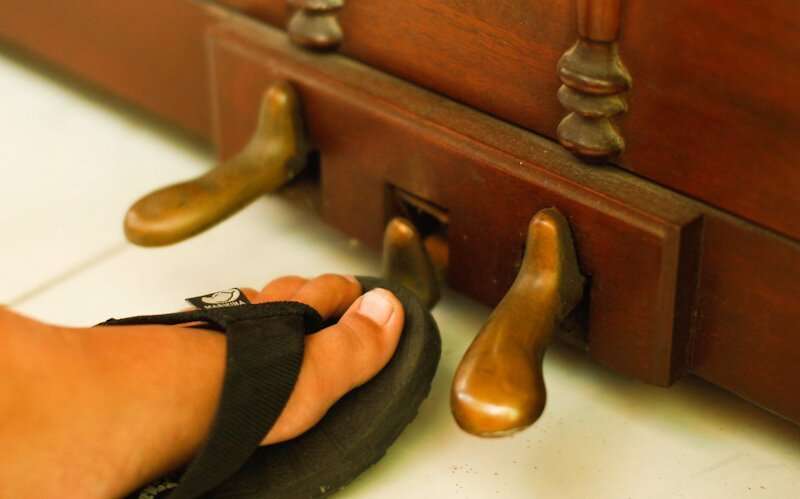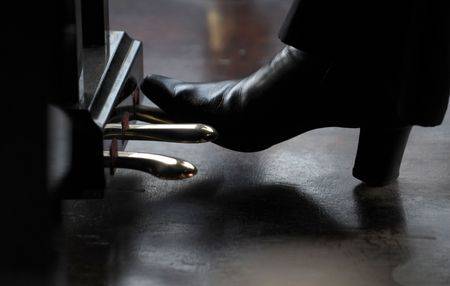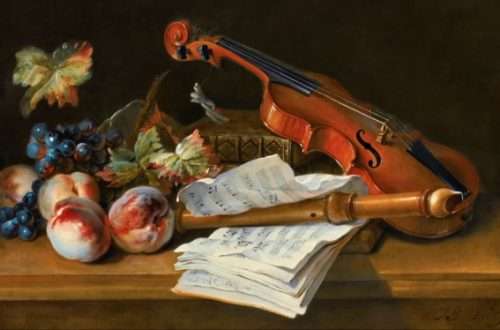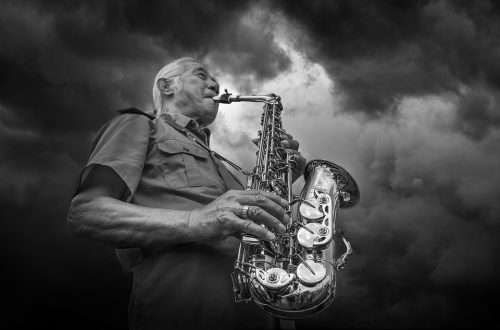
Why piano pedals
Contents
Piano pedals are levers that are actuated by pressing the foot. Modern instruments have two to three pedals, whose main function is to change the sound of the strings.
On a grand piano or piano, these mechanisms determine the timbre of the sound, its duration and dynamics.
What are piano pedals called?
Piano pedals are called:
- The right one is damper, because it controls the dampers – pads attached to each key. It is enough for the musician to remove his hands from the keyboard, as the strings will immediately be muffled by the dampers. When the pedal is depressed, the pads are deactivated, so the contrast between the fading sound and the sound of the string as it is struck by the hammer is smoothed out. In addition, by pressing the right pedal, the musician starts the vibration of the remaining strings and the appearance of secondary sounds. The right pedal is also called forte – that is, loud in Italian.
- The left one is shifting, because under its action the hammers are shifted to the right, and two strings instead of three receive a hammer blow. The strength of their swing also decreases, and the sound becomes less loud, acquires a different timbre . The third name of the pedal is piano, which translates from Italian as quiet.
- The middle one is delayed, it is rarely installed on the pedal piano, but it is often found on the piano. She selectively raises the dampers, and they work as long as the pedal is depressed. In this case, other dampers do not change functions.

Pedal Assignment
Changing the sound of the instrument, enhancing the expressiveness of the performance is one of the reasons why piano pedals are needed.

Right
 The right pedal functions the same on all devices. When the forte is pressed, all dampers are raised, causing all strings to sound. It is enough to release the pedal to muffle the sound. Therefore, the purpose of the right pedal is to lengthen the sound, to make it full.
The right pedal functions the same on all devices. When the forte is pressed, all dampers are raised, causing all strings to sound. It is enough to release the pedal to muffle the sound. Therefore, the purpose of the right pedal is to lengthen the sound, to make it full.
Left
The shift pedal works differently on the piano and grand piano. On the piano, she shifts all the hammers to the strings to the right, and the sound weakens. After all, the hammer strikes a certain string not in the usual place, but in another. On a piano, the whole mechanism moves to the right , so that one hammer strikes two strings instead of three. As a result, fewer strings are activated and the sound is attenuated.
Middle
The sustain pedal creates different sound effects on the instruments. It raises individual dampers, but the vibration of the strings does not enrich the sound. Often the middle pedal is used to hold the bass strings, as on an organ.
On the piano, the middle pedal activates the moderator – a special curtain that descends between the hammers and strings. As a result, the sound is very quiet, and the musician can play fully without distracting others.
Switching on and using pedal mechanisms
Beginners ask why piano pedals are used: these mechanisms are used when playing complex pieces of music. The right pedal is activated when it is necessary to make a smooth transition from one sound to another, but it is impossible to make it with your fingers. The middle mechanism is pressed when it is necessary to perform some complex pieces, so the pedal is additionally installed in concert instruments.
The left pedal is rarely used by musicians, mainly weakens the sound of bass.
Common Questions
| Why do you need piano pedals? | The middle one delays the keys, the left one weakens the sound, and the right one increases the fullness of the sound not only of a particular string, but of all the others. |
| What does the right pedal do? | Extends the sound by raising all the dampers. |
| Which pedal is used the most? | Right. |
| Which pedal is the least common? | Medium; it is installed on the piano. |
| When are pedals used? | Mainly for the performance of complex musical works. Beginners rarely use the pedal. |
Summary
The device of the piano, piano and grand piano includes pedals – elements of the lever system of the instrument. A piano usually has two pedals, while a grand piano has three. The most common are right and left, there is also a middle one.
All pedals are responsible for the sound of the strings: pressing one of them changes the position of the mechanisms responsible for the sound.
Most often, musicians use the right device – it removes the damper and lengthens the sound, causing the strings to vibrate. The left pedal is used infrequently, its purpose is to muffle sounds due to the shift of the hammers from their usual position. As a result, the hammers strike two strings instead of the usual three. The middle pedal is rarely used: with its help, not all, but individual dampers are activated, achieving a certain sound when playing mostly complex pieces.




